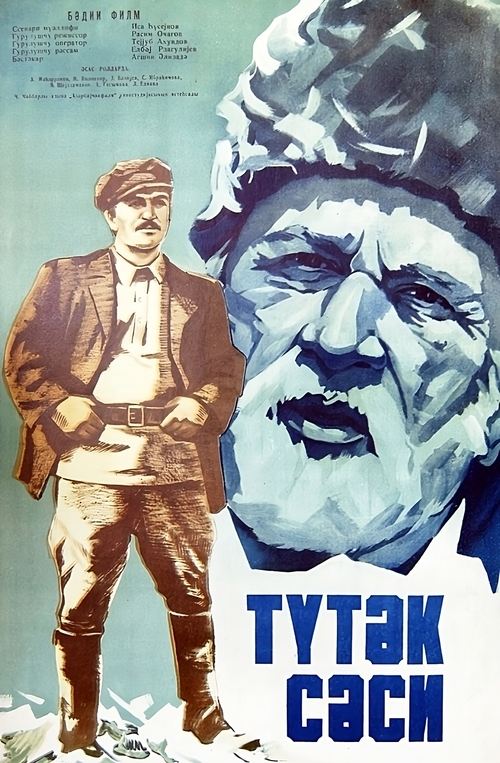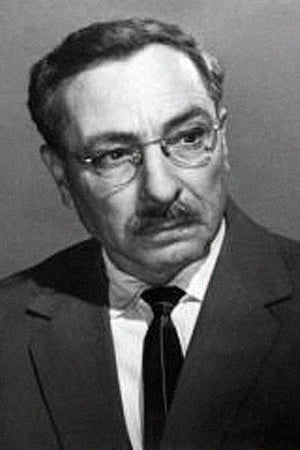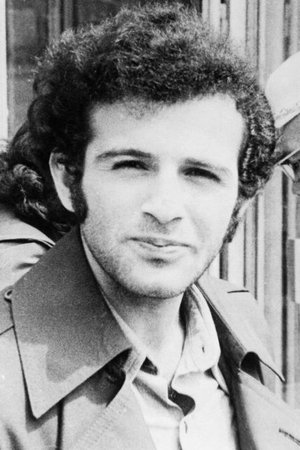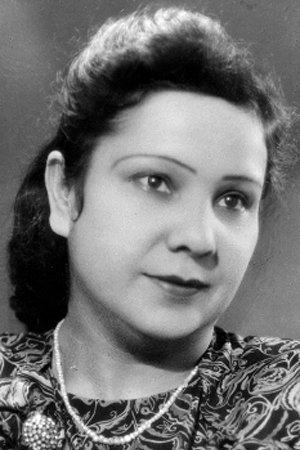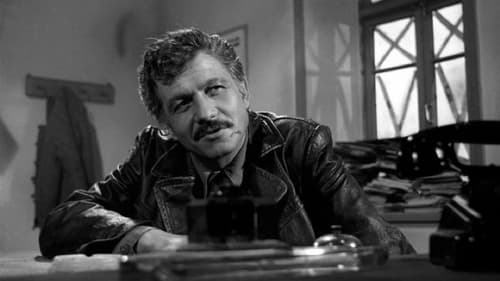
Aqueronte72
N/A
|
ago. 10, 2024
Axundov's cinematography is amazing in the open shots, it snakes, zooms in-out and at the same time balances shadows and contours almost in sepia. We can simultaneously enjoy the shepherds carrying hay and the women mowing and loading grain into sacks, with their scarves on the same open canvas, as in a painting by Hyeronimus Bosch. As for the plot, probably only in India, in Jerusalem or in ancient Persia could we find a social hostility as deep as that of this story, where the horrors and desperations of the Second World War are added to the cultural and anachronistic hermeticism of the place - almost without men, all at the front - that considers it a moral and religious aberration that a distinguished but proud former decorated man, Cabrayil, falls in love and marries Sayali, the wife of the late Mukhtar, his best friend. In fact, since But if Cabrayil does not even get the respect of the one who supposedly respected him, Major Iskandiyar Amez, he will have to expect much less hope from the community that, if not gossipy, is very conservative and, above all, less patience may have from Tapdiq, the son of Sayali; The same man who did not hesitate to point his gun at Cabrayil in that sublime scene in which his stepfather harangues him and his companions to work and cultivate; In this sequence, Cabrayil takes the teams of cattle and, faced with the refusal of the young people to respect and obey him, plows the land pushing the two beasts while losing his hat and composure until the sweet rain falls. The plebs were on the verge of carrying The couple was pilloried, but at least he demanded that the town court intervene. And while the town's Mayor Iskandiyar Amez is notified of the letters that the young girl Milli had kept for at least three months, calling them bad writing, the tension between stepson who is deteriorating and in bed and Cabrayil ends up being suffocating when the mother runs Cabrayil out of the convalescent room.
